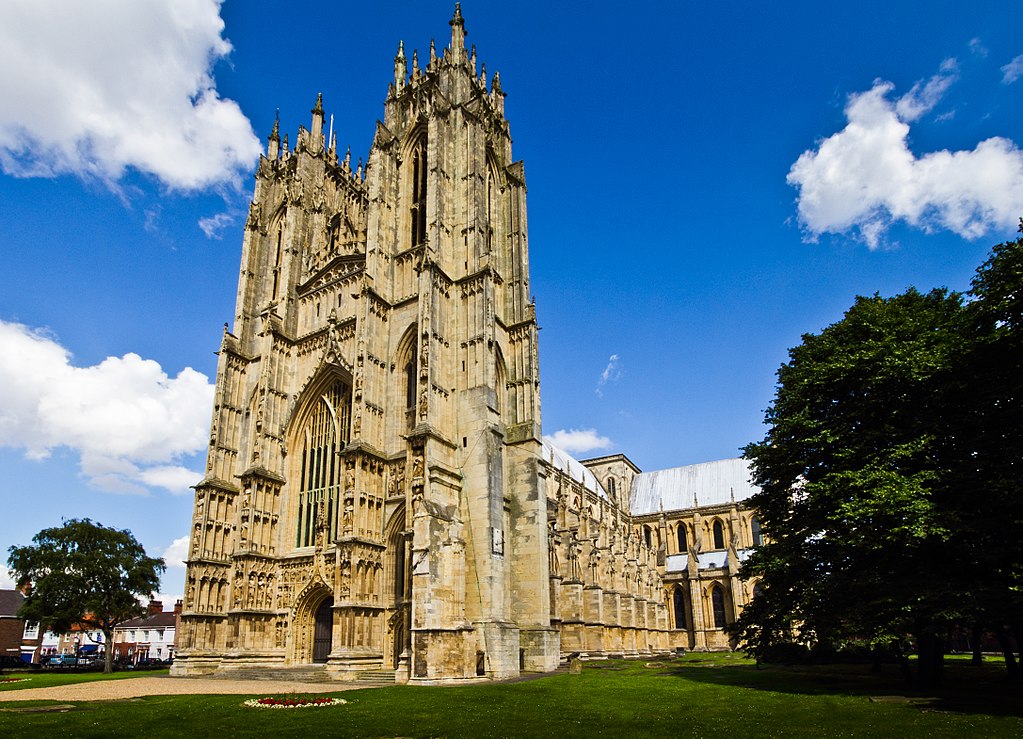Medieval Sanctuary
In my upcoming book, “The Death of the Vintner”, two brothers sought for the murder of their father seek sanctuary in the cathedral at Saint Davids in West Wales. This was a crime that would likely result in execution. The alternative sought by many who committed capital crimes was to seek the protection of sanctuary in a Christian Church.
The right to sanctuary has its origins in ancient Greek and Roman times and survived in at least some form into the 17th Century. The belief system that gods were inviolable led to a tradition that their holy places were untouchable and thus a place where fugitives could escape the authorities. There was a price to pay for this shelter in terms of atonement and penance for the crimes committed. Medieval sanctuary had its foundations in these ancient beliefs.
By the late medieval period an almost standardised sanctuary process had emerged in England. On committing a crime, the sanctuary seeker would often flee to a nearby church. Church sanctuaries were regulated by common law. On entering the church he’d inform whoever was responsible that he intended to claim sanctuary. The fugitive then needed to confess their sins, surrender any weapons, and permit supervision by the church or abbey organization which had jurisdiction. A period of forty days sanctuary would then be granted. As long as they stayed within defined boundaries usually within the church building itself but sometimes over a wider area they could not be removed. It was illegal for the victim’s friends or relatives or the secular authorities to remove them and there were heavy penalties for those that tied.
The forty days was to allow the suspect to make a choice. Either stand trial according to law or confess their guilt and agree to abjure the realm. Which meant swearing an oath to effectively go into exile. The person taking the oath swore to leave the country directly and promptly, never to return to the kingdom unless by permission of the sovereign.
If the suspect decided to abjure the realm the coroner for that area, an official of the crown, would eventually be called. The suspect would confess their guilt to the crime usually in some form of public ceremony and the corner would then choose a port from where the fugitive would have to leave the kingdom from. Any possessions would be forfeit to the church and any land they owned to the crown. At least they would avoid execution but this was no soft option. They had to set out barefooted and bareheaded carrying a wooden cross-staff to indicate they were under the protection of the church.
At this point in theory they would take the main highway to the nearest port and leave safely. For any fugitive there were some unpalatable truths around what usually happened in practice. They could start out on their trek and once away from sight, jettison the cross and simply try and disappear and start a new life. The victim’s friends and relatives would have no illusions about the process and could simply follow them and administer vigilante justice at some point along the way. In theory the fugitive had only to leave the main highway and it would be perfectly legal for them to do this. It also seems that in some cases coroners would deliberately pick a port at the other end of the country. This would make it extremely difficult to fulfil the terms of the fugitive’s oath to adjure the realm.
There was always the chance of escape from sanctuary before the forty days were up, or simply the choice of sitting in the church past the time limit. However, many fugitives would be starved of food and water by the church authorities if they decided to simply sit and wait.
All churches had the power to grant sanctuary within the building, however there were some places where the bounds of the sanctuary area were much wider. These places had a specific royal charter to extend sanctuary to a wide zone around the church. Some of these areas extended to nearly a mile and a half from the church or abbey and the boundaries were marked by sanctuary crosses of stone. In England the churches with these areas included, York Minster and Westminster Abbey, the cathedrals at Wells and Winchester, Ripon, Norwich and Durham, Hexham Abbey, Battle Abbey and Beverley Minster (pictured above).
